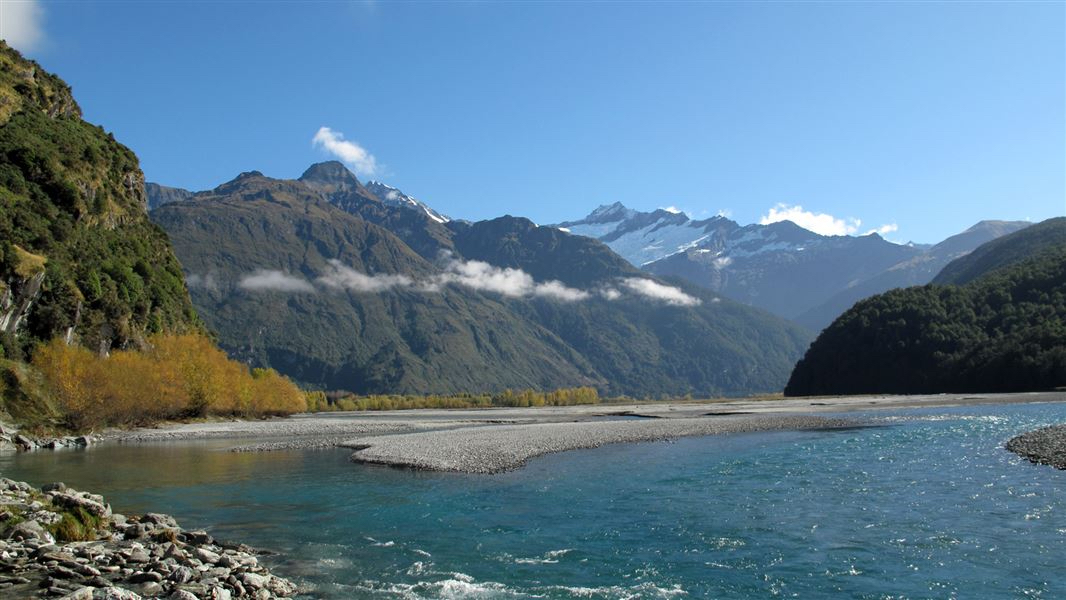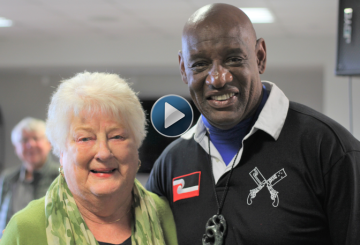The Department of Conservation (DOC) is struggling to attract applicants for a job in the picturesque but isolated South Island town of Haast.
The Department is looking for a biodiversity supervisor to work in the Mount Aspiring National Park. However, so far there have only been three applicants for the role.
Operations manager for DOC in South Westland Wayne Costello said that this is a dream job for the right person.
“It is working in one of the most amazing natural environments that the country has got to offer.
“It’s just spectacular. But it is not for everyone. You’d have to be self-reliant and be able to work in the outdoors. If you’re interested in opera and theatre, it’s probably not for you.”
The job involves patrolling the national park, which includes some of the world’s most beautiful wilderness, and caring for kiwi, penguins and lizards. Special care is required for the Haast tokoeka kiwi, of which there are only about 500 in the world, and the Fiordland crested penguin (tawaki), the third-rarest species of penguin in the world.
The region is very picturesque, with lush rainforests, glaciers and mountains. However, with only 200 residents, candidates should be happy in their own company. Although there is a convenience store in town, the nearest large supermarket is two hours away, and the closest hospital is a four-hour drive to Greymouth. Cellphone coverage was only introduced in 2018 and service is patchy.
However, the locals are very friendly, Costello said.
“There are some of New Zealand’s original families, who pioneered farming and fishing down in that part of the world. They’re really lovely.”
The job pays between $72,610 and $92,780, depending on experience. Housing is affordable compared with other regions of the country.
“We’re looking for good team players, people who like working with other people and be part of a bigger team. But you also have to be reasonably independent and have lots of initiative – to not only think outside of the square in terms of getting work done in that environment, but also just to maintain yourself outside of work.”























































-helped-regain-her-strength-and-balance-using-Nymbl-after-a-fall.-660x440.jpg)


